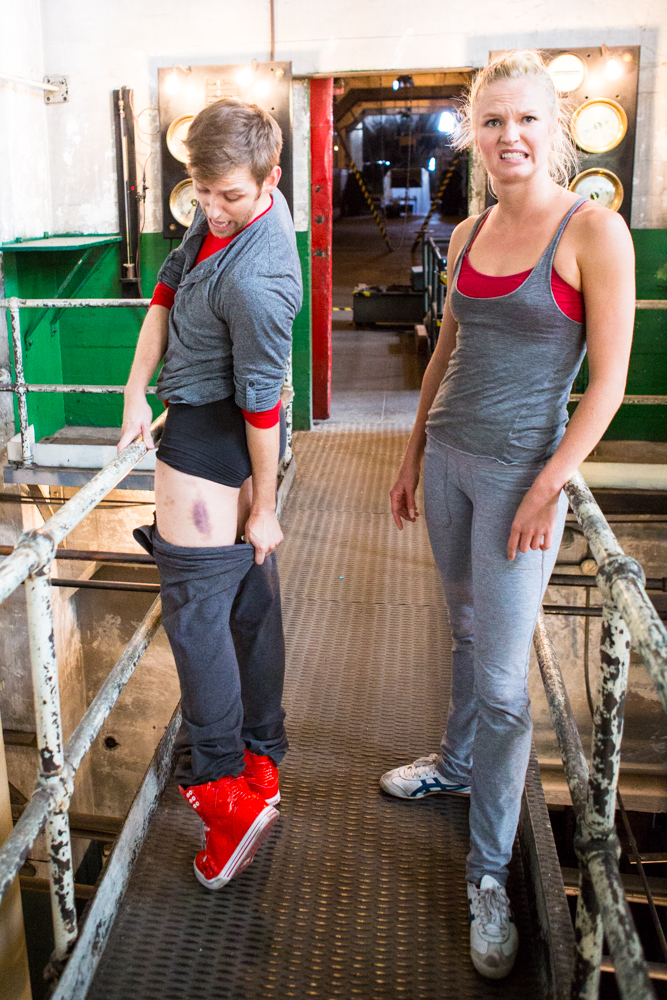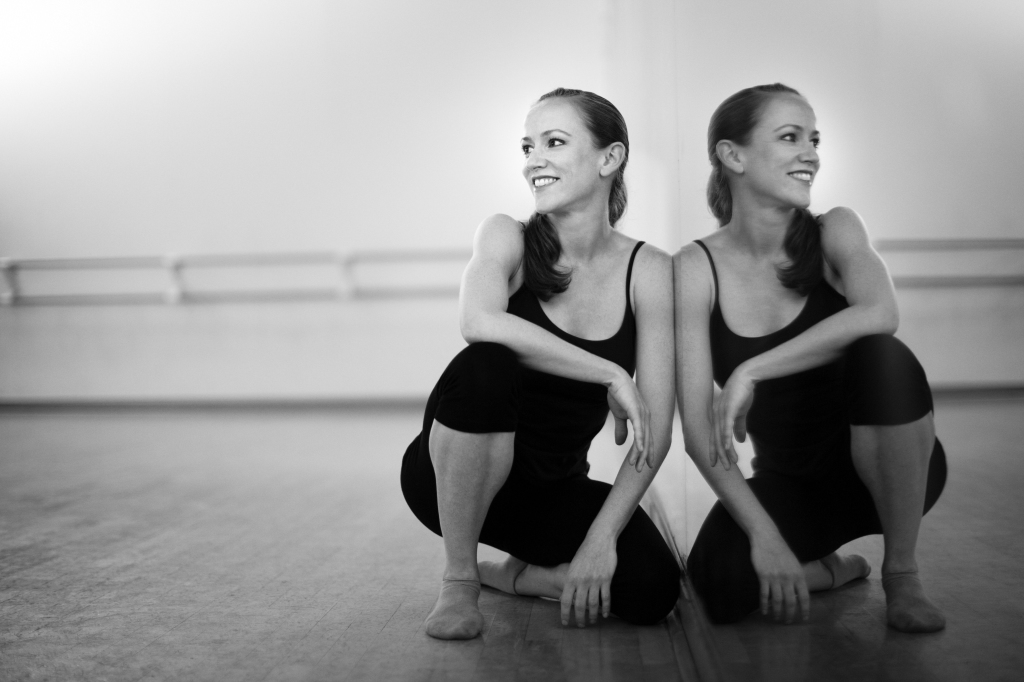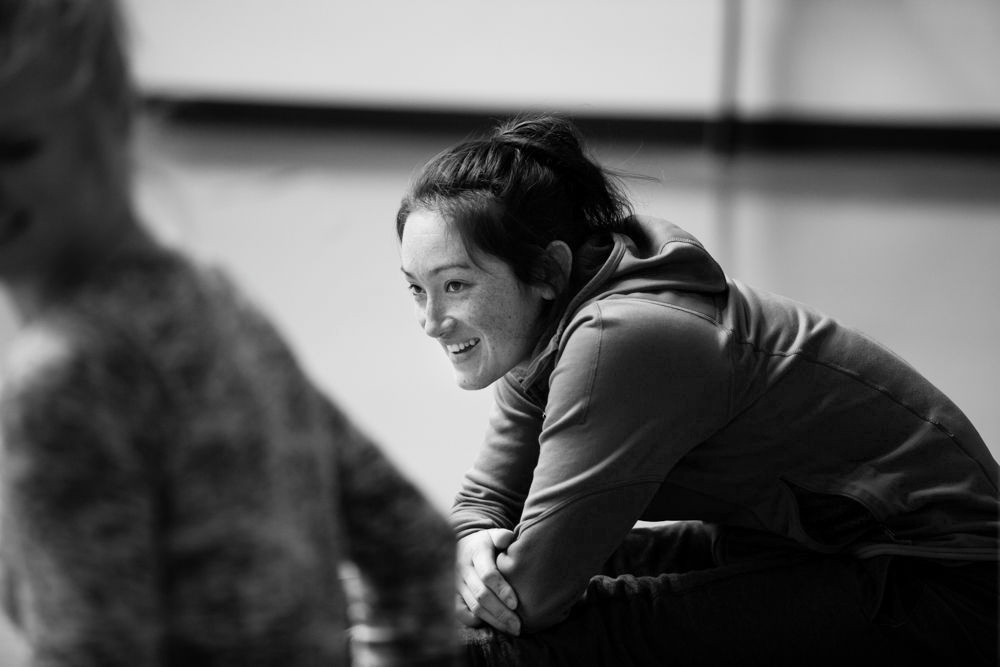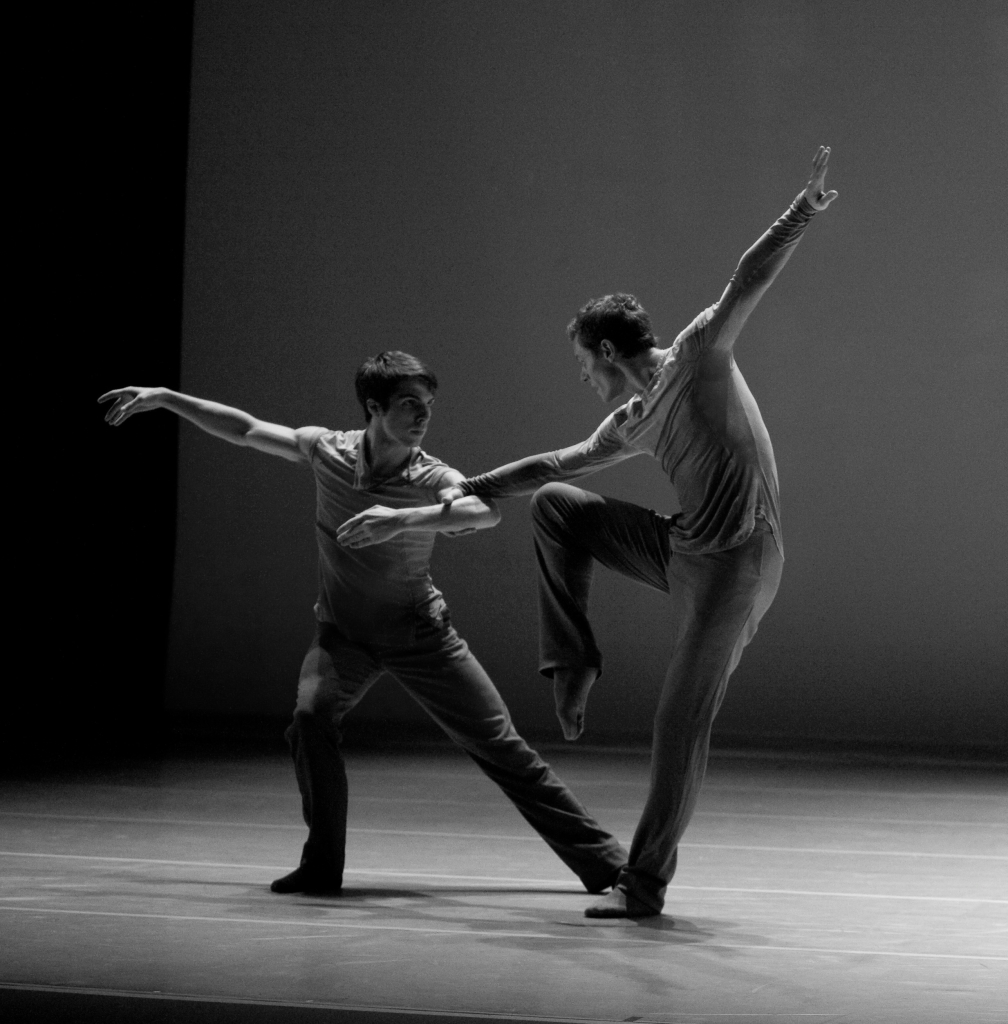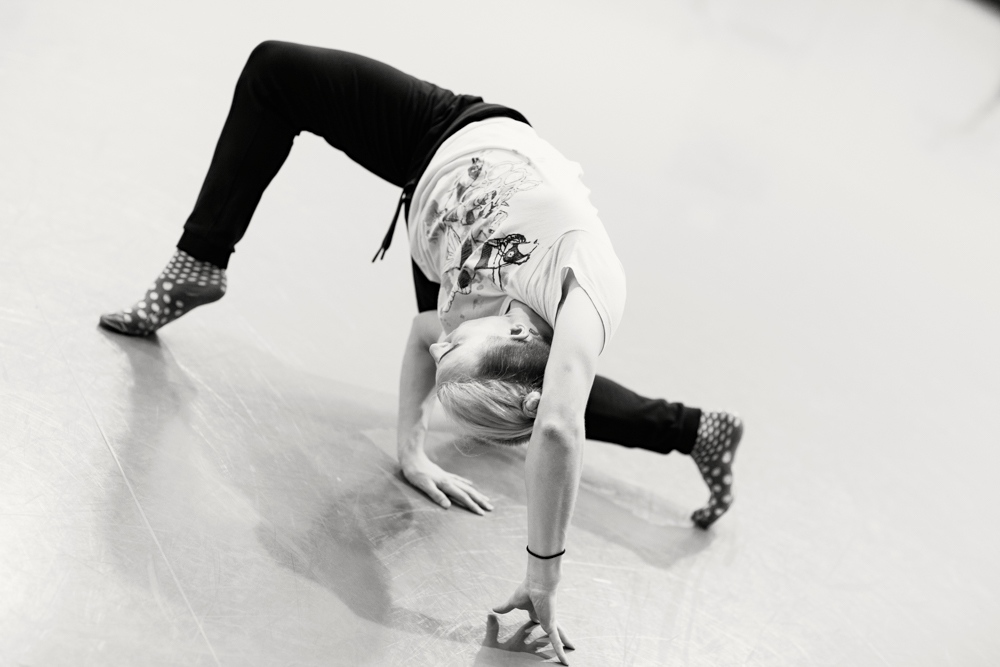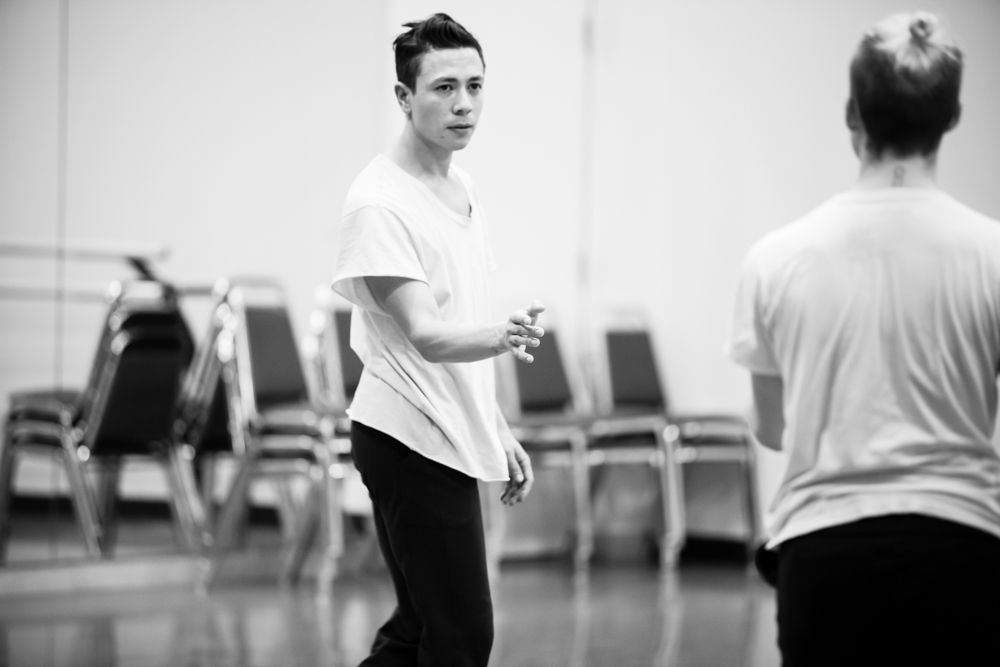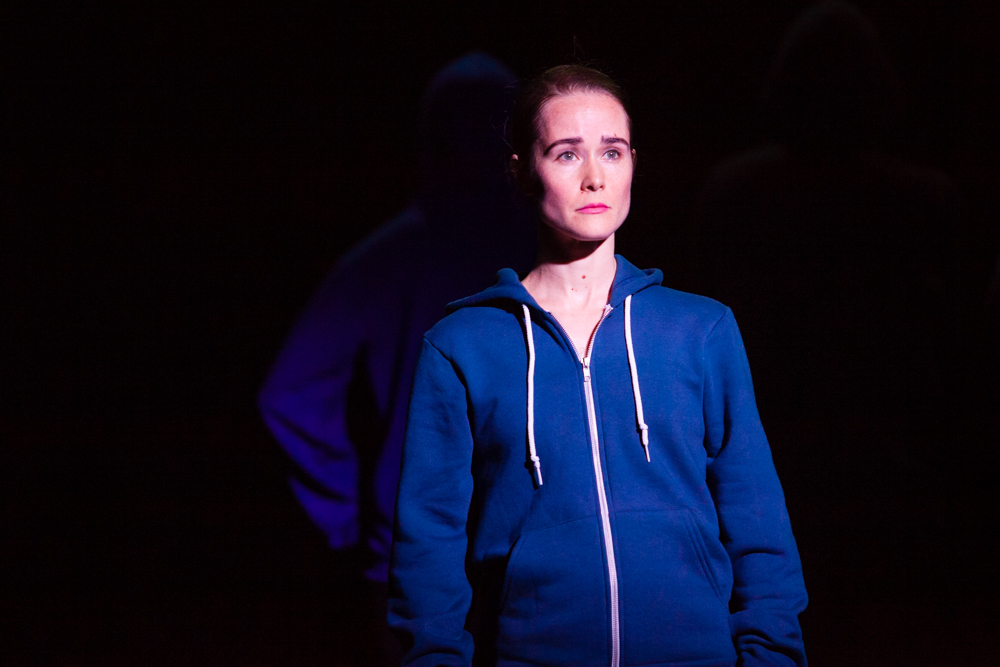So how do Whim W’Him‘s dancers cope with pain?
It’s a balancing act, literally and figuratively.
Says Thomas Phelan, “I’ve obviously discussed pain a lot while dancing. For example, when I’m having my students hold the splits and they complain, ‘This hurts.’
I always respond with ‘Yeah, no kidding. We’re pulling your legs in complete opposite directions!!’ I’m not sure dancers are people with initially higher pain tolerance than others, I think dancers are just realists. We have to learn the difference between performance pain and injury pain. We know that pain is inevitable in this life. Period. So as long as it’s non-life- threatening, we learn to grin and bear it. And hopefully, as they say, ‘time will heal all wounds.'”
As dancer/choreographer Penny Saunders (who created Soir Bleu for Whim W’Him’s Janurary 2015 show) noted in a recent conversation, “You dance until the balance changes and it’s not worth it any more.” Balance is the key, and Whim W’Him dancers employ a variety of approaches and techniques to keep the joys of dancing greater than its pains.
“Pain,” Mia Monteabaro says, “is felt in very different ways and in different degrees. As dancers we are demanding of our bodies and constantly trying to find that edge. We counter that by treating our bodies with just as much love and care. Our bodies are our instruments so we fine tune them, use them as much as possible, and sometimes they break. Injuries happen for many different reasons. If you don’t warm up properly, timing is off, fatigue, or you loose focus. As a dancer you accept these risks but you try to prevent them. Nobody wants an injured dancer, but things happen and you deal with them when they do. There are understudies for that reason. It’s not encouraged to push through pain, if something is hurting a dancer there can be modifications to the choreography. If you have danced long enough chances are you have had your share of aches and pains. We are constantly teaching our bodies to move in different ways resulting in different sensations sometimes good sometimes uncomfortable. Dancing is hard work and requires strong self-discipline, but if it was easy it would be boring. The most painful part about an injury is not being able to do what you love to do.”
A high pain tolerance is clearly useful, but not universal, and in fact varies widely among dancers. Whim W’Him artistic director Olivier Wevers notes that he is highly sensitive to pain while his husband, dancer Lucien Postlewaite, scarcely notices the temperature of water that Olivier perceives as scalding.
According to Justin Reiter, “As a dancer, pain, to some degree, is inevitable. As in any other artistic medium, the instrument requires work, care, upkeep, etc. Taking class, rehearsing, and performing all take a physical toll on the human body, but I see this as a tuning of my physical instrument. I accept, but don’t always embrace, pain, and the moments of bliss far outweigh the temporary aches and pains. Pain tolerance is certainly not a prerequisite to being a professional dancer. Rather, it can fog a dancer’s ability to distinguish between healthy and unhealthy pain. I try to be as sensitive as possible to the status of my body, so that I can use it accordingly. Tolerance of pain can probably be learned… Ibuprofen helps. So do foam rollers. And lacrosse balls. Maybe even tiger balm. Dealing with physical and emotional stress are all part of the job description. Yoga is my method of alleviating both of these pains. Along with long naps whenever possible.”
A recent NPR program about the how the brain perceives pain
In 21st century America, we are mostly schooled to think of pain as a negative, something to be strenuously avoided. But observing their own bodies’ reactions over the years, dancers learn what different kinds of pain mean and what can be done to alleviate them. On this subject, Jim Kent comments, “It might be simplistic, but I like to think of pain as information. It could be your body telling you any number of things: that you’re injured, you’re tired, your body isn’t built for that particular movement, you’re healing, you’re dehydrated. I do think that physical pain is unavoidable in dance, though it’s also unavoidable in this human life. But I’m a fan of the intentional ways of training that forge thoughtful ways of thinking about movement that can extend one’s dance-life/career—working smarter, not harder, the intelligence of being energy-conscious (something I’ve learned in Whim W’Him), being honest with one’s limitations. I avoid taking pride in pain or thinking about pain in terms of masochism—this line of thinking requires an audience and ego. I think pain is very personal, perhaps shared between dancers and definitely with the choreographer if it becomes an issue. I prefer to think of pain being on the spectrum of sensation and human experience—to experience it fully when it happens but not to comment on it too much or it can become self-indulgent.”
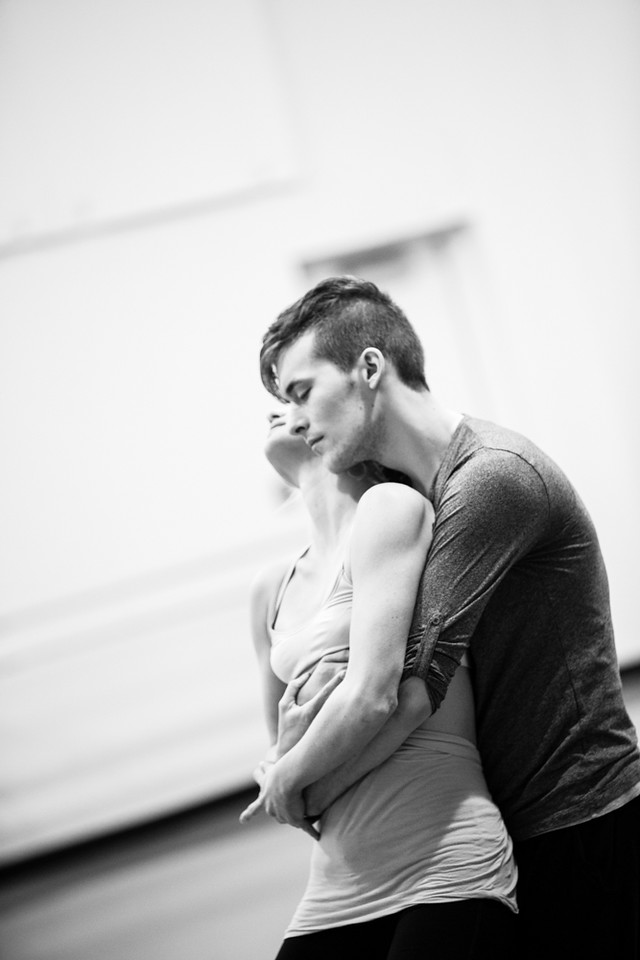
The judicious use of medication is another line of defense, but most dancers share a legitimate wariness about using it. Kyle Matthew Johnson advises, “Get a very good PT, ice, heat, exercises. Work to heal what’s ailing. Try not to be too reliant on pain medication—it’s there, the pain, and you need to know it. Take advantage of time off for healing.” There are also all sorts of supplements and alternative preparations, from body rubs to energy boosters that dancers try. Particularly the more mature ones (over the age of, say, 25!) spend a lot of time and energy on preventive measures—massage, yoga, cross-training [see, for example, Injury as Opportunity – Dance Magazine by Stephen Petronio].
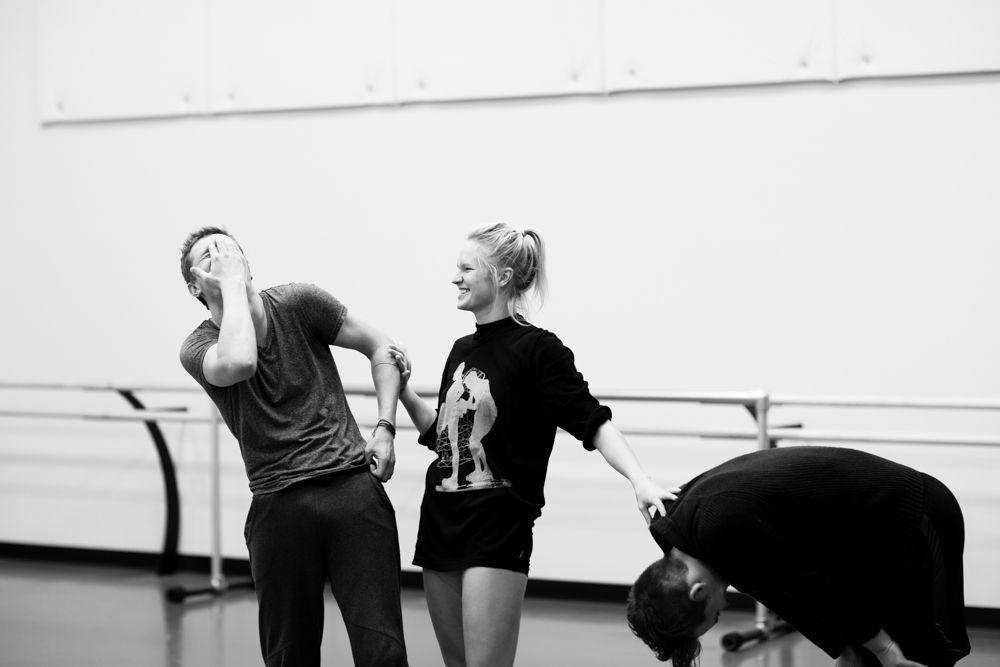
Other factors enter in as well. Penny Saunders mentions the camaraderie among dancers, who sooner or later all have physical issues to cope with. More than anyone else, the other members of a company can understand what one is going through. The dancers are all in it together, and a kind of gallows humor pervades that is at once comforting, stress relieving, and instructive. Penny also speculates that there could even be one or more substances, like the oxytocin released by mothers during and after childbirth, which might help the body cope with physical pain. Adrenalin surely helps in concentrating both body and mind on performance, and don’t forget the (generally healthy) capacity of human memory to dull recall of painful evens.
In the long run, whether one subscribes to the quintessentially Romantic view of suffering as a necessary (perhaps even ennobling?!) precondition of great art or takes the more pragmatic approach of the Whim W’Him dancers, bodily pain is one of the universal trials of human existence—like love gone wrong, shattering disappointment, or the death of someone close. Once a dancer acquires the knowledge to ward it off, cope with it, and express it, the experience of physical pain is one of the elements of a dancing life that can inform true artistry.
